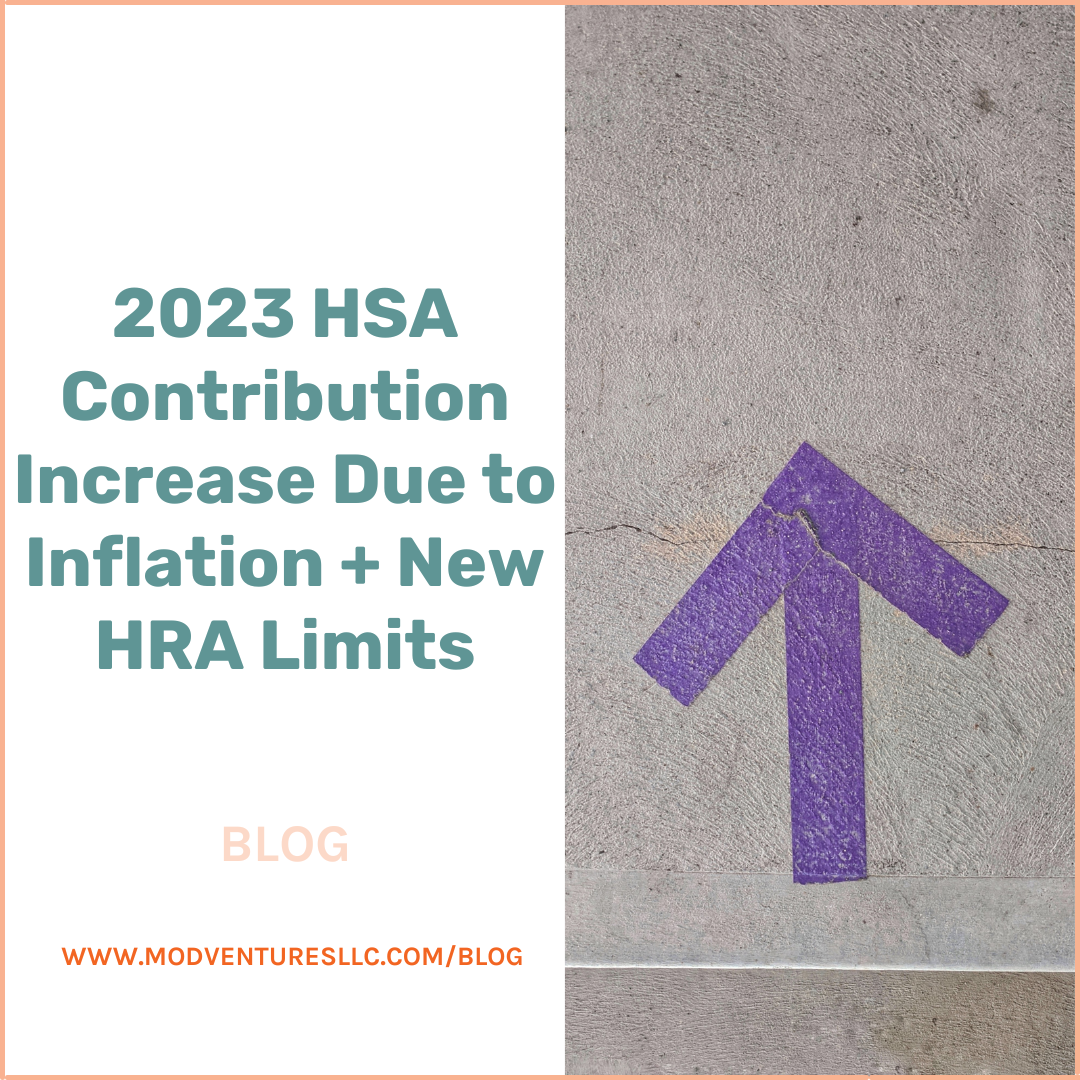For many aspects of IRS limits and contributions, we’ve seen increases across the board in what the IRS allows your business to contribute – along with updated reporting methods for businesses. In addition to the updated reporting requirements for 1099-Ks and HSA contributions and HRA limits, the 401(k) contribution and IRA limit increase for 2023 are just one of the many to consider this year.
Most of these changes are due to the increased cost of living and inflation. If you’re looking for a full breakdown of the limitations adjusted as provided in section 415(d), read through the IRS Notice 2022-55.
What is the 401(k) Contribution Increase for 2023?
The contribution limit for employees who utilize and participate in 401(k),403(b), most 457 plans, and the federal government’sThrift Savings Plan has increased by $2,000 – a total of $22,500 versus the previous contribution limit of $20,500.
Additionally, the catch-up contribution limit for those over or at the age of 50 who participate in those same programs has been increased by $1,000. This moves the contribution limit from its original $6,500 to $7,500. This allows those 50 and older to contribute up to $30,000 each year starting in 2023.
For those that participate inSIMPLE plans, the catch-up contribution had been increased by $500, going from its original $3,000 to $3,500.
What is the IRA Contribution Increase for 2023?
Annual contribution limits to an IRA account are increasing from $6,000 to $6,500 – a total of $500. The catch-up contribution limit for those who are 50 or older is not changing and will remain at $1,000 annually.
While the annual contribution limit did not change drastically, the eligibility limits also adjusted for the cost of living and will have new limits starting in 2023:
IRA Contribution Eligibility Increase for 2023
For traditional IRA contributions, the phase-out ranges have been increased for 2023. For single taxpayers, the range has been increased to $73,000 and $83,000, up from between $68,000 and $78,000. Married couples filing jointly with a spouse covered by a workplace plan now have a range of $116,000 and $136,000, up from between $109,000 and $129,000. A married person who is not covered by a workplace plan (or married to someone who is not covered) will have a range from $218,000 and $228,000, up from $204,000 and $214,000. If you’re a married individual filing a separate return who is covered by a workplace plan, your range is not changing and will remain the same – between $0 and $10,000.
The phase-out ranges forRoth IRA contributions have increased as well. For individuals and heads of household, the range is now $138,000 and $153,000, up from $129,000 and $144,000. Married couples filing jointly now have a range of $218,000 and $228,000, up from $204,000 and $214,000. Married individuals filing a separate return will not have a change in contributions,
Connect with your accounting team to ensure your business is up-to-date on all changes to contribution limits coming into effect in 2023.
You May Also Love
CLOSE






